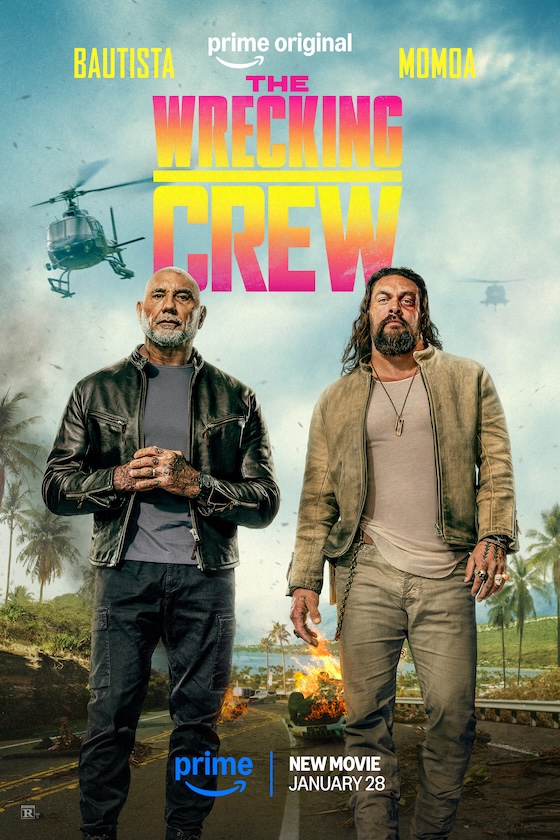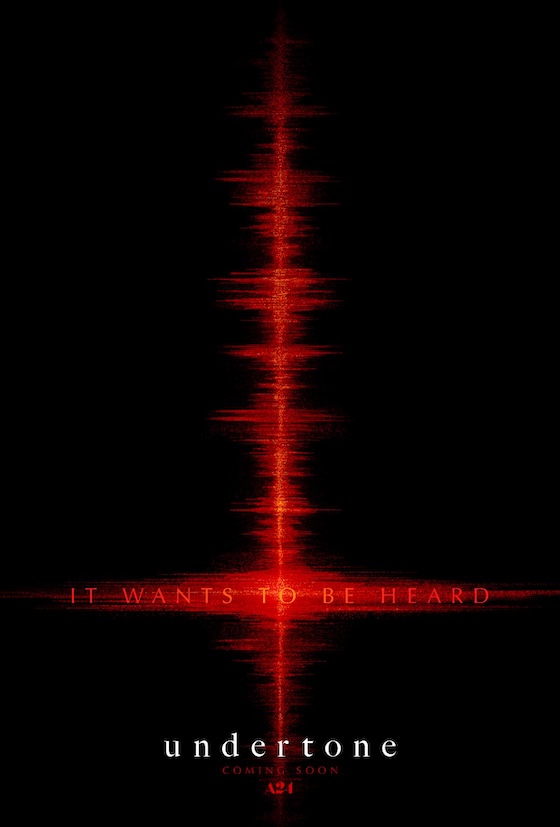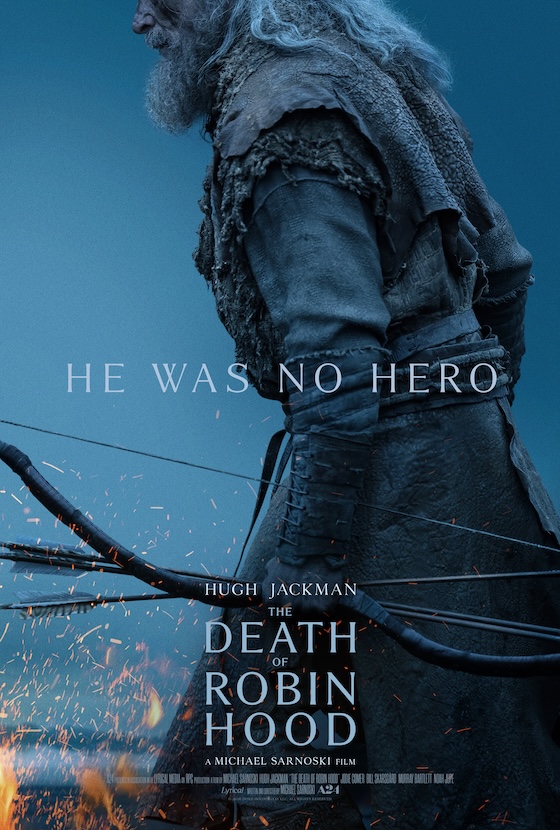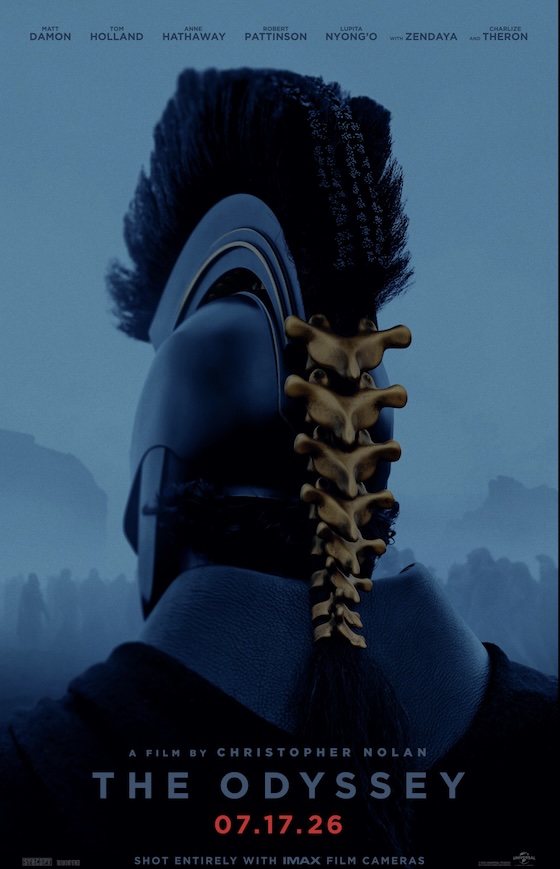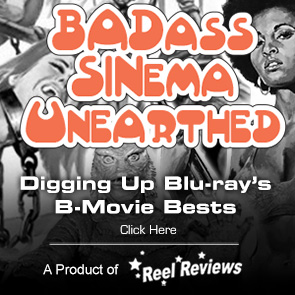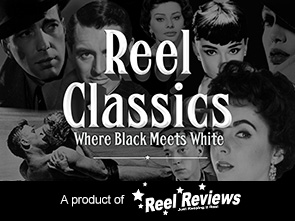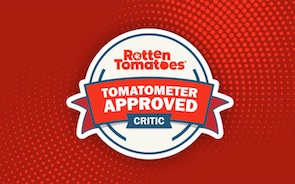{googleAds}
<div style="float:left">
<script type="text/javascript"><!--
google_ad_client = "pub-9764823118029583";
/* 125x125, created 12/10/07 */
google_ad_slot = "8167036710";
google_ad_width = 125;
google_ad_height = 125;
//-->
</script>
<script type="text/javascript"
src="http://pagead2.googlesyndication.com/pagead/show_ads.js">
</script></div>{/googleAds}Universal Studios gives the 1931 release of Boris Karloff's Frankenstein the regal treatment with its inclusion in the Monster Legacy DVD Gift Set. Also included in this multi-disc set are the 1931 release of Dracula and the 1941 release of The Wolfman. Hopefully with this snappy new DVD collection, "the monster that started it all" will be introduced to a whole new generation of horror movie fans.
To completely understand Frankenstein the movie it is first necessary to understand Dr. Henry Frankenstein (Colin Clive) the scientist. Incorrectly, many think that in her 1818 gothic novel, Mary Shelley focused her fascination on the creature that was pieced together by the troubled doctor. And to be fair, it's easy to see how the monster enjoys the wider appeal. But in actuality, Shelley's true fascination and creative preoccupation was with the soul of Dr. Frankenstein, as if she were examining her own curiosity about humanity through the tangible likeness of Frankenstein, the scientist. While much of Shelley's examination of Dr. Frankenstein's drive and motivation goes unaddressed in this screen adaptation by John L. Balderston, it's what crosses over to the movie that leaves us with a fascinating and truly horrifying tale of what happens when man plays God without pausing to consider the ramifications. Much like in Jurassic Park (1993), we are left with an eerie tale of nature turned upside-down. Where, when faced with an undesirable outcome, humans become more dangerous than the unexpected results of their experiment.
Dr. Henry Frankenstein, much like a gothic period Dr. Kevorkian, is a brilliant scientist whose ideas and theologies are not only a bit ahead of their time but have also caused isolation from the medical community. Dr. Frankenstein is obsessed, nearly to the point of insanity, with creating a living, breathing human being in his own image. Upon the denial of access to a selective system of cadaver procurement, Frankenstein leaves Goldstadt Medical College and holes up with his faithful lab assistant Fritz, in an abandoned watchtower where he performs his experiments away from the eyes of a curious public. To you Young Frankenstein fans who haven't seen the original, Dr. Frankentein's faithful assistant is named Fritz not Igor.
Ironically, Dr. Frankenstein's isolation has made accessibility to adequate cadavers nearly impossible. He resorts to robbing graves and hangman's gallows to amass a parcel of sometimes less than acceptable body parts. The final piece of his human tapestry will be complete upon the procurement of a human brain. He enlists the help of Fritz who steals a healthy specimen from the anatomy lab at the local medical college. But we all know that Fritz has the intelligence of a ... well, let's just say that Fritz wouldn't know the difference between a normal brain and the brain of Abby Normal.
As Frankenstein's monster is brought to life at the top of the lightning ravaged tower, we get not only further introspection into Shelley's almost perverse allure with Dr. Frankenstein, but we're also treated to perhaps the most oft-quoted movie line ever, and certainly the defining moment of Clive's career. Shortly before collapsing in a state of euphoria, Dr. Frankenstein yells, "it's aliiiiive!" "It's aliiiiiiive" as we see movement in the monster's hand. Though included in the film's initial run, his next exclamation of "Now I know what it feels like to be God!" was interestingly omitted during a late '30s re-release. Personally, the film feels better without it. Because of the earlier examination of his mindset, we know exactly what he felt at the moment of his success. So it seems a bit forced and unnecessary to blurt it out so bluntly.
All my previous commentary aside and despite my attempts to examine the more subtle aspects of Frankenstein, without question the film's defining moment comes from the actual revelation of the legendary monster itself. The brilliant decision by director James Whale to have Boris Karloff enter the room with his back turned to the camera, adds one last moment of delayed gratification, further fermenting the audience's now feverishly heightened sense of fear. Literally kept in wraps until this moment, Karloff's rendition of the scarred creature makes us immediately forget all the cheesy knock-offs and commercial effigies of the monster's persona. Upon first sight of that dreadful scar and the protruding neck bolts that attach the monster's head to his body, it's impossible not to be overrun with the thought that this is the 'monster that started it all" over SEVENTY years ago. It's as significant and memorable as the moment we first saw the munchkins in The Wizard of Oz.
Besides launching the prolific career of Boris Karloff, who was listed in the opening credits as ?, Frankenstein literally saved Universal Studios from financial ruin. It launched numerous sequels and versions including Bride of Frankenstein (1935), Son of Frankenstein (1939), and Young Frankenstein (1974). Widely considered as the grandfather of the horror genre, it combines a beautifully simplistic tale with the potent topic of man vs. nature to create a horrific fairy-tale that continues to mesmerize more than seven decades after its release.
DVD Details:
Screen formats: Fullscreen 1.33:1
Subtitles: French; Spanish; English-closed-captioned..
Language and Sound: English: Dolby 2.0 Mono.
Other Features: Black/white; interactive menus; scene access; additional movies; Behind-the-scenes; documentaries; alternate audio track; trailers; short film; photo galleries
* Additional movies: Bride of Frankenstein (1935); Son of Frankenstein (1939); Ghost of Frankenstein (1942); House of Frankenstein (1944)
* Commentary: Film historians provide insightful commentary to Frankenstein (Rudy Behlmer) and Bride of Frankenstein (Scott MacQueen) on an alternate audio track.
* Featurettes:
o Behind-the-Scenes: Van Helsing director Stephen Sommers hosts an exlusive behind-the-scenes look at how these original Frankenstein films inspired his motion picture event.
o The Frankenstein Files: How Hollywood Made a Monster: An original documentary made for the Legacy Collection.
o She's Alive!: Creating the bride of Frankenstein, an original documentary made exlusively for the Legacy Collection DVD set.
o Boo!: A short film.
* Trailers: Original theatrical trailers, plus the 1931, 1938 and 1951 reissue trailers for Frankenstein.
* Photo and poster galleries: Frankenstein and Bride of Frankenstein original poster and photo galleries.
Number of discs: 2
{pgomakase}


